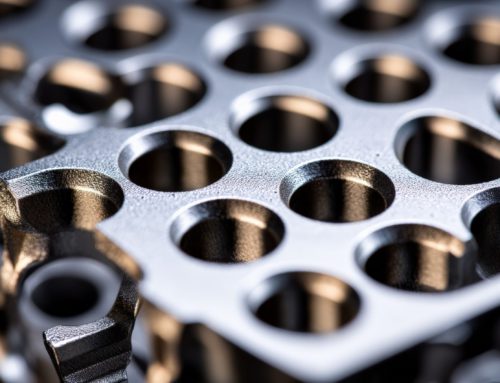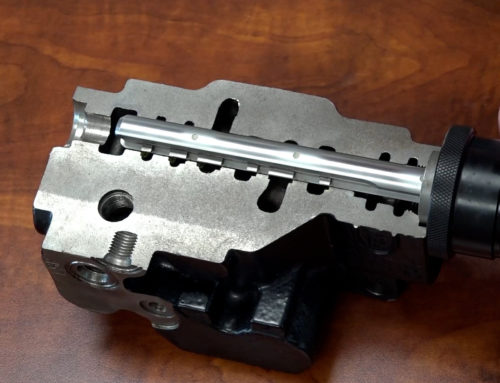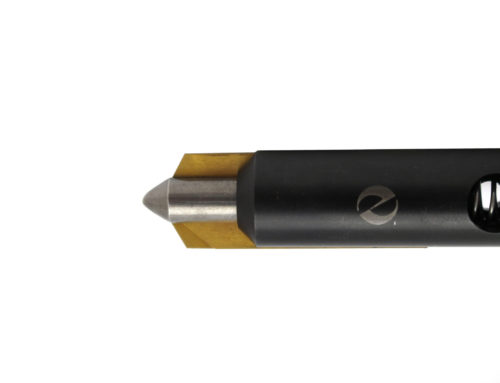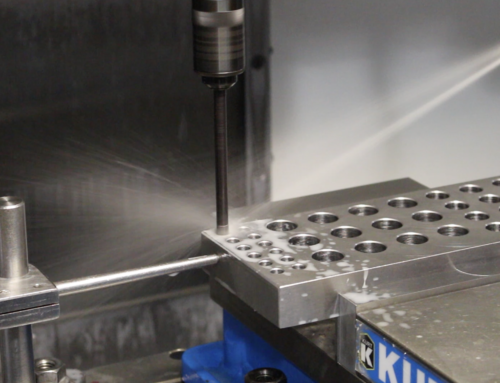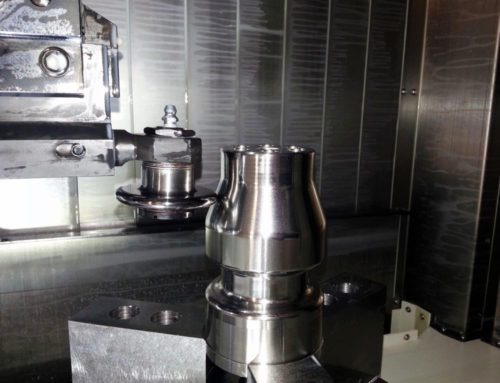The Impact of Burnishing Exotic Materials
Special Considerations for Optimal Results
Burnishing stands as a highly effective finishing method for a wide range of ductile materials, enhancing surface finish, hardness, and fatigue life. However, the inherent properties of the workpiece material play a significant role in the burnishing outcome. When venturing into the realm of exotic materials, particularly those prevalent in demanding sectors like medical devices, aerospace, and specialized industries, specific considerations become paramount. Titanium, specialized Stainless Steels, and Inconel are among the most commonly encountered exotic alloys, each presenting unique challenges and opportunities for the burnishing process.
Inconel and Stainless Steel Alloys: Favorable Candidates for Burnishing
Inconel and stainless steel alloys generally respond well to the burnishing process. Their material properties, including their inherent ductility and work-hardening characteristics, contribute to successful surface refinement.
Key Considerations for Inconel and Stainless Steel:
- Tooling Preference: A carbide roll tool is often the preferred choice for burnishing these materials. Its robust nature and ability to withstand significant pressure make it well-suited for the task.
- Minimal Special Set-Up: Typically, no additional special set-up or accessories are required beyond the standard burnishing setup, simplifying the process.
- Work Hardening and Tool Life: While these materials burnish effectively, they are also prone to work hardening more quickly than some other ductile metals. This accelerated work hardening can lead to a reduced lifespan for the carbide roll tool. Quantifying the exact impact on tool life can be challenging and often depends on the specific alloy, workpiece geometry, burnishing parameters, and desired finish. Monitoring tool wear and planning for more frequent tool maintenance or replacement may be necessary.


Military jet engine – Uses full titanium to reduce weight in fighter jets
Titanium: A Unique Challenge for Burnishing
Titanium, despite its widespread use in high-performance applications, generally presents difficulties when it comes to burnishing. The primary reason for this lies in the material’s tendency to interact with the burnishing tool. While the tool will still densify and smooth the surface, it will appear cloudy due to the material stuck to the roll.
Key Considerations for Inconel and Stainless Steel:
• Material Pick-Up: The rolls on the burnishing tool tend to pick up titanium material from the part. This phenomenon, often referred to as “galling” or “material transfer,” leads to an inconsistent and undesirable finish. Instead of a smooth, uniform surface, the part may exhibit blemishes, streaks, or an uneven texture.
• Surface Degradation: The material pick-up can compromise the integrity of both the part’s surface and the burnishing tool, potentially leading to premature tool wear or damage.
Due to these challenges, conventional burnishing methods are often not recommended for titanium. Alternative finishing processes or highly specialized burnishing techniques and tool coatings might be explored, though they often come with their own set of complexities and costs.
General Recommendations and Best Practices
Regardless of the exotic material being considered, a methodical approach is crucial for successful burnishing.
- Test on Scrap Pieces:When working with any new or unfamiliar material, it is highly recommended to conduct preliminary tests on scrap material or test pieces. This allows for a controlled environment to experiment with different burnishing parameters, such as pressure, feed rate, and spindle speed, without risking valuable production parts.
- Dialing In Parameters:Testing enables you to “dial in” the optimal setup, ensuring the desired surface finish, hardness, and dimensional accuracy are achieved before transitioning to production workpieces. This iterative process minimizes trial-and-error on actual parts and reduces potential scrap.
- Consult Application Specialists:For detailed guidance on set-up procedures, troubleshooting, or optimizing burnishing parameters for specific exotic materials, contacting the equipment manufacturer’s applications team is invaluable. Their expertise can provide tailored recommendations and insights to overcome unique material challenges.
In conclusion, while burnishing offers significant advantages for surface enhancement, its application to exotic materials necessitates careful consideration of material properties. Inconel and certain stainless steels are generally amenable to the process. Titanium, however, presents distinct challenges due to material pick-up. By embracing testing and leveraging expert guidance, manufacturers can navigate the complexities of burnishing exotic materials to achieve optimal results.

